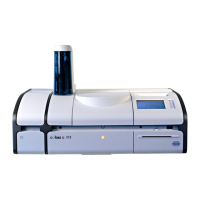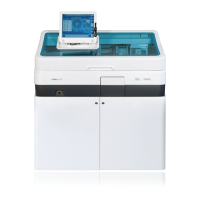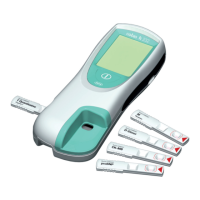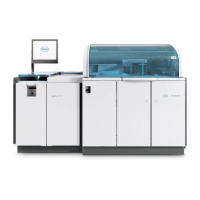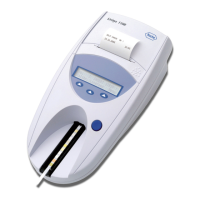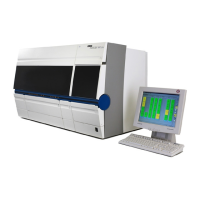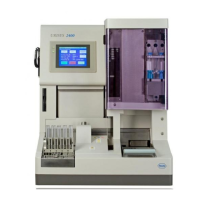Do you have a question about the Roche Cedex HiRes and is the answer not in the manual?
Tracks changes to the document over time.
Provides contact information for the manufacturer and support.
States compliance with relevant directives and standards.
Outlines the terms and conditions of the product warranty.
Lists proprietary brand names and product names.
States the copyright ownership and usage restrictions.
Defines the purpose and limitations of the analyzer's application.
Details the terms and conditions for using the software.
Introduces the importance of reading the guide for safe operation.
Explains text formatting and symbols used in the manual.
Provides information regarding FCC compliance and potential interference.
Lists critical safety instructions and operating guidelines.
Provides recommendations for the safe and environmentally sound disposal of the instrument.
Introduces the analyzer's components and basic functions.
Explains the automated process for determining cell concentration and viability.
Describes how the software analyzes images and differentiates cells.
Details the instrument's performance characteristics and hardware requirements.
Outlines the steps for system installation by service technicians and administrators.
Provides guidance on selecting an appropriate installation site for optimal performance.
Describes the connections between the analyzer and the control unit.
Provides instructions for software installation and updates.
Details the process of launching the software and making initial adjustments.
Guides users through updating previous software versions.
Covers essential steps before running measurements, including power-up and login.
Explains the procedure for performing individual cell sample analyses.
Details how to use the automated sample handling system for multiple measurements.
Explains how to view and interpret measurement outcomes.
Describes how to access, search, and manage past measurement data.
Details how to modify and reprocess previously acquired data.
Covers various histograms and charts for visualizing measurement data.
Explains how to generate and analyze growth curves over time.
Covers data management, reporting, export, and data exchange features.
Allows users to customize display settings and default parameters.
Details user account management, password policies, and system options configuration.
Provides a schedule for routine cleaning and maintenance tasks.
Explains how to automate cleaning processes.
Covers routine checks and cleaning procedures.
Describes automated calibration and focus adjustment processes.
Details the procedure for removing, installing, and maintaining the syringe module.
Explains how to set up and perform tests to ensure system performance and data validity.
Outlines how to run system diagnostics for technical support.
Describes how to enable tracing and logging for problem detection.
Explains the audit trail for tracking user activities and system events.
Provides detailed descriptions of configurable system and user settings.
| Manufacturer | Roche |
|---|---|
| Model | Cedex HiRes |
| Operating Temperature | 15-30°C |
| Power Requirements | 100-240 V, 50/60 Hz |
| Operating Humidity | 20-80% |




